Curtis, The Vanishing Race, 1904
For all our talk about suppression of human rights in other
countries, and despite a nostalgic sentimentality about the noble Red Man, the
prejudice and persecution still continues. American hearts respond with emotion
to Indian portraits by George Catlin and Edward Curtis, to such eloquent books
as Black Elk Speaks and Bury My Heart at Wounded Knee, to modern films and
television dramas in which the nineteenth-century Indian is portrayed as the
tragic victim of Manifest Destiny; we honor his sun dances and thunderbirds in
the names of our automobiles and our motels.
Our nostalgia comes easily, since those stirring peoples are
safely in the past, and the abuse of their proud character, generosity, and
fierce honesty – remarked upon by almost all the first Europeans to observe
them – can be blamed upon our roughshod frontier forebears. The tribes who once
owned this country were simply in the way of the white man’s progress, and so
most of the Eastern tribes were removed to Indian Territory (now Oklahoma), and
the western tribes mostly banished or confined to arid wastes that no decent
white man would want. By a great historical irony, many of these lands were
situated on the dry crust of the Grants Mineral Belt, which extends from the
lands of the Dene people in Saskatchewan to those of their close relatives, the
Dine, or Navajo, in New Mexico and Arizona, and contains North America’s
greatest energy resources. More than half of the continent’s uranium and much
of its petroleum and coal lie beneath Indian land, and so the Indians are in
the way again. After 400 years of betrayals and excuses, Indians
recognize the new fashion in racism, which is to pretend that the real Indians
are all gone.
We have no wish to be confronted by these "half-breeds" of today, gone slack after a century of enforced dependence, poverty, bad food, alcohol, and despair, because to the degree that these people can be ignored, the shame of our nation can be ignored as well. Leonard Peltier’s experience reflects more than most of us wish to know about the realities of Indian existence in America; our magazines turn away from articles about the Indians of today, and most studies of Indian history and culture avoid mention of the 20th century. But the Indians are still amongst us. “We are your shadows,” one man says and the qualities they were known for in their day so of glory still persist among many of these quiet people, of mixed ancestry as well as full-blood, who still abide in the echo of the Old Way.
Peter Matthiessen, from In the Spirit of Crazy Horse















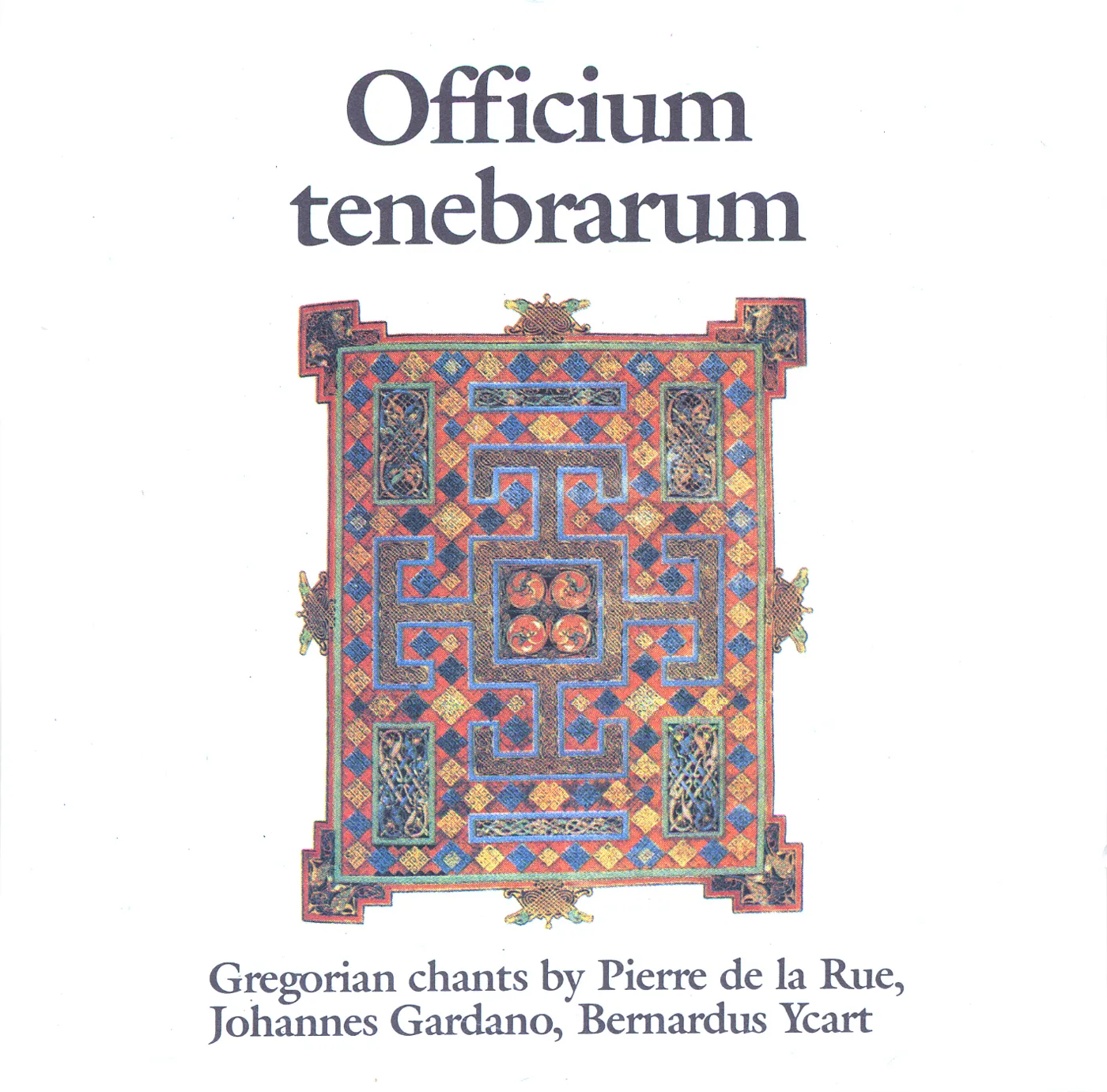





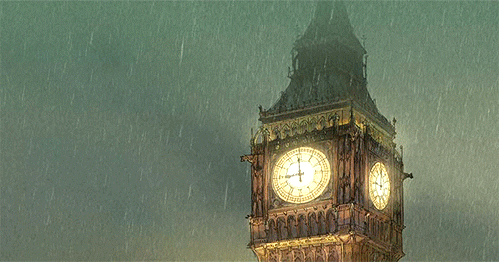



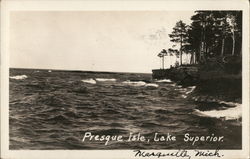

















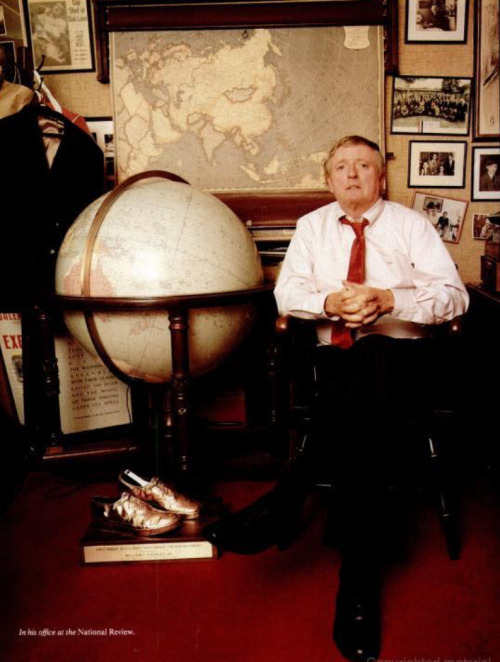
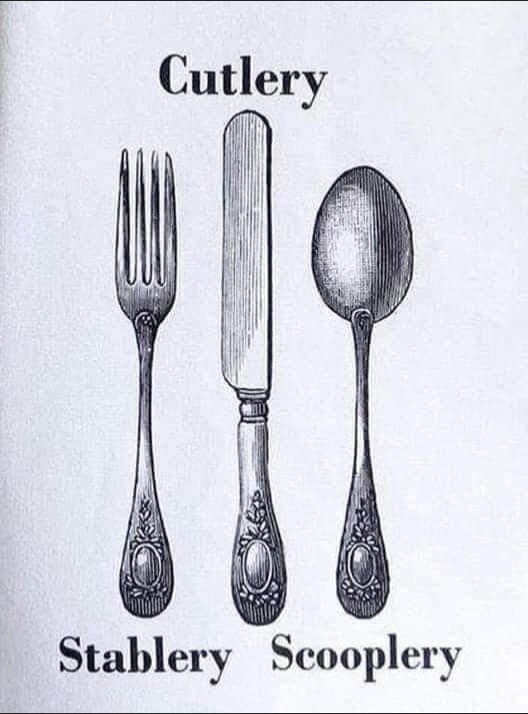
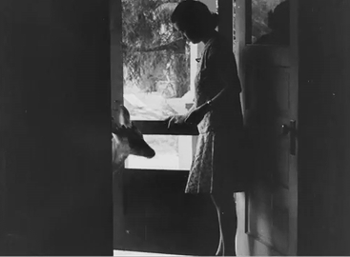





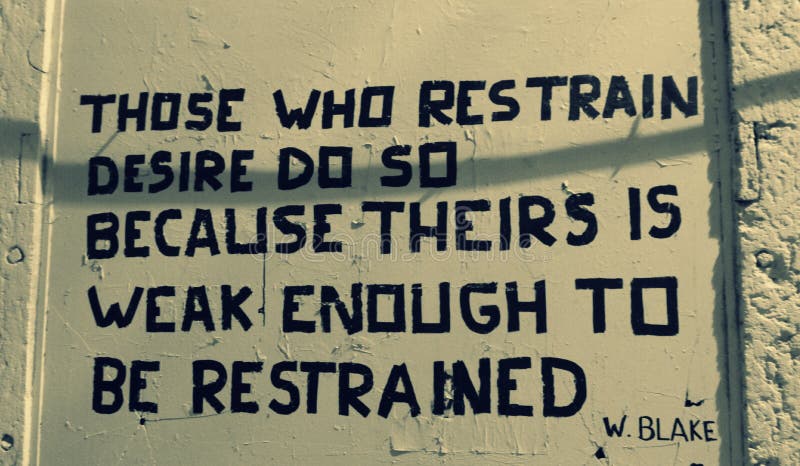






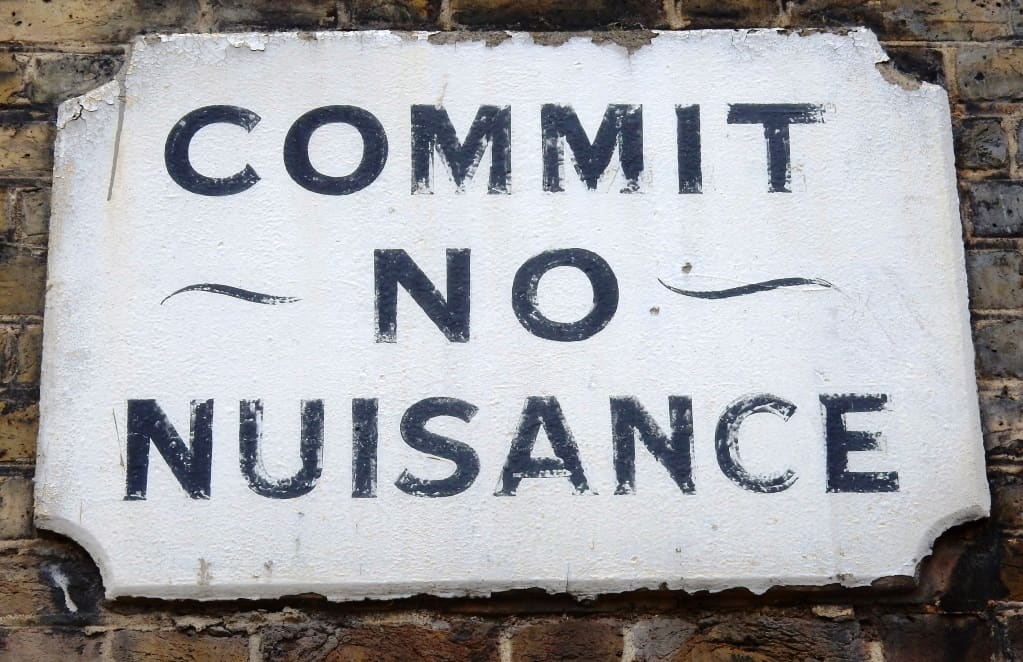
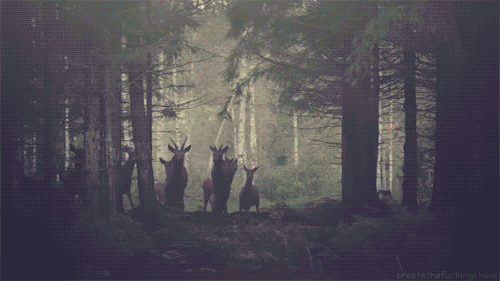
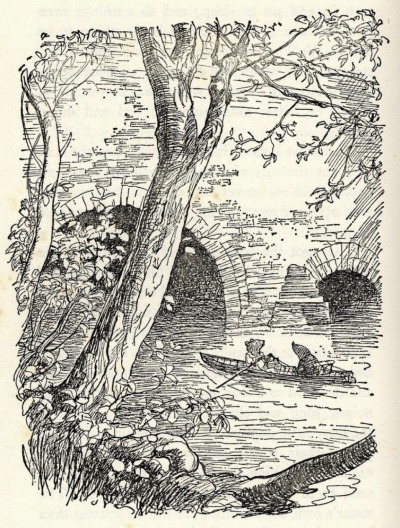
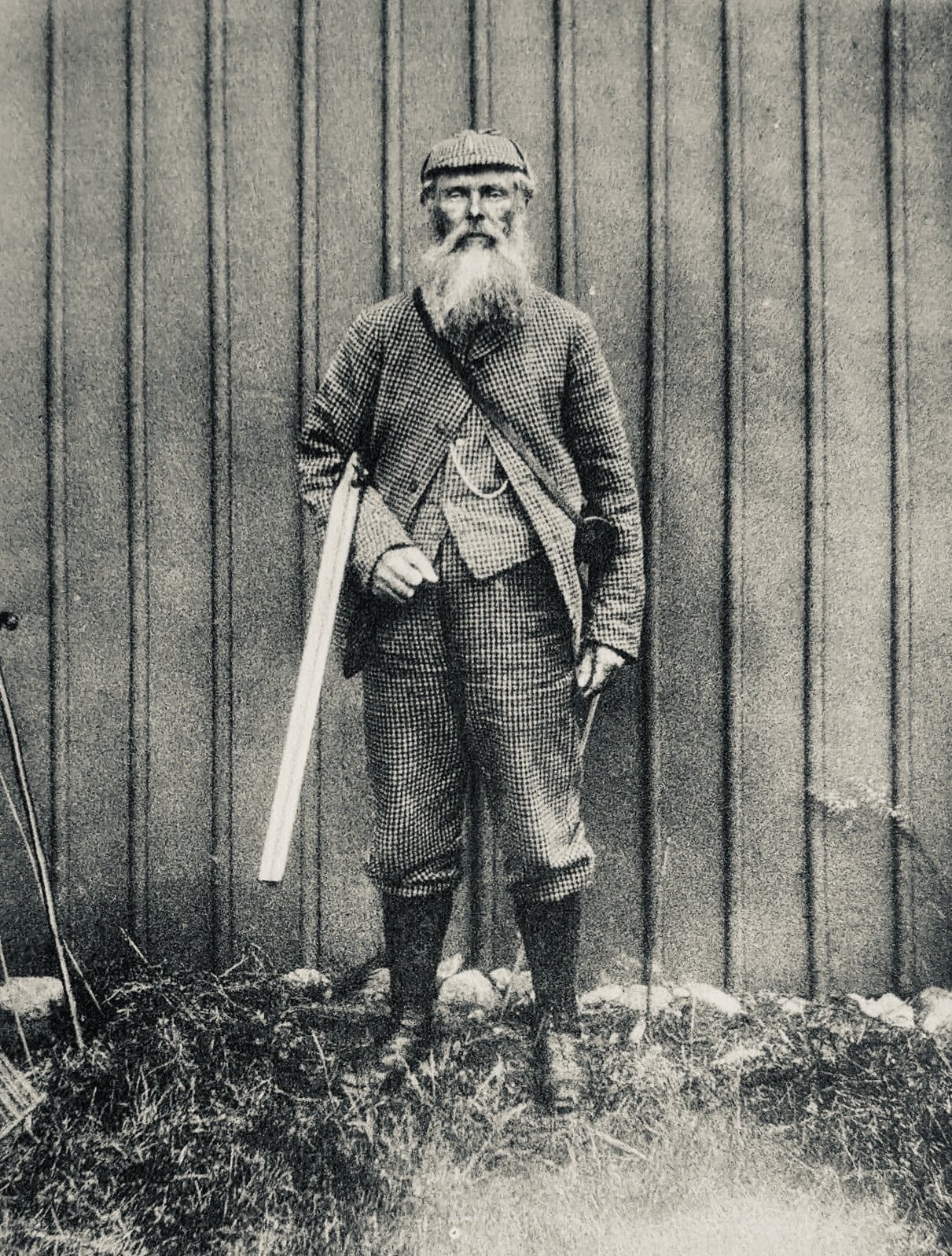




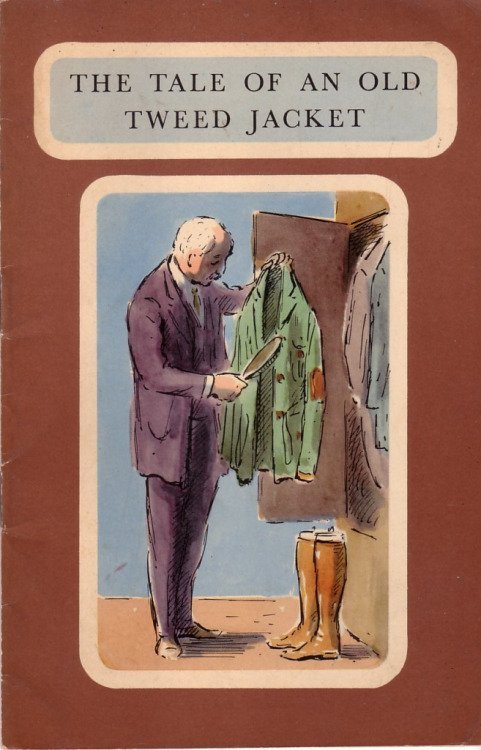










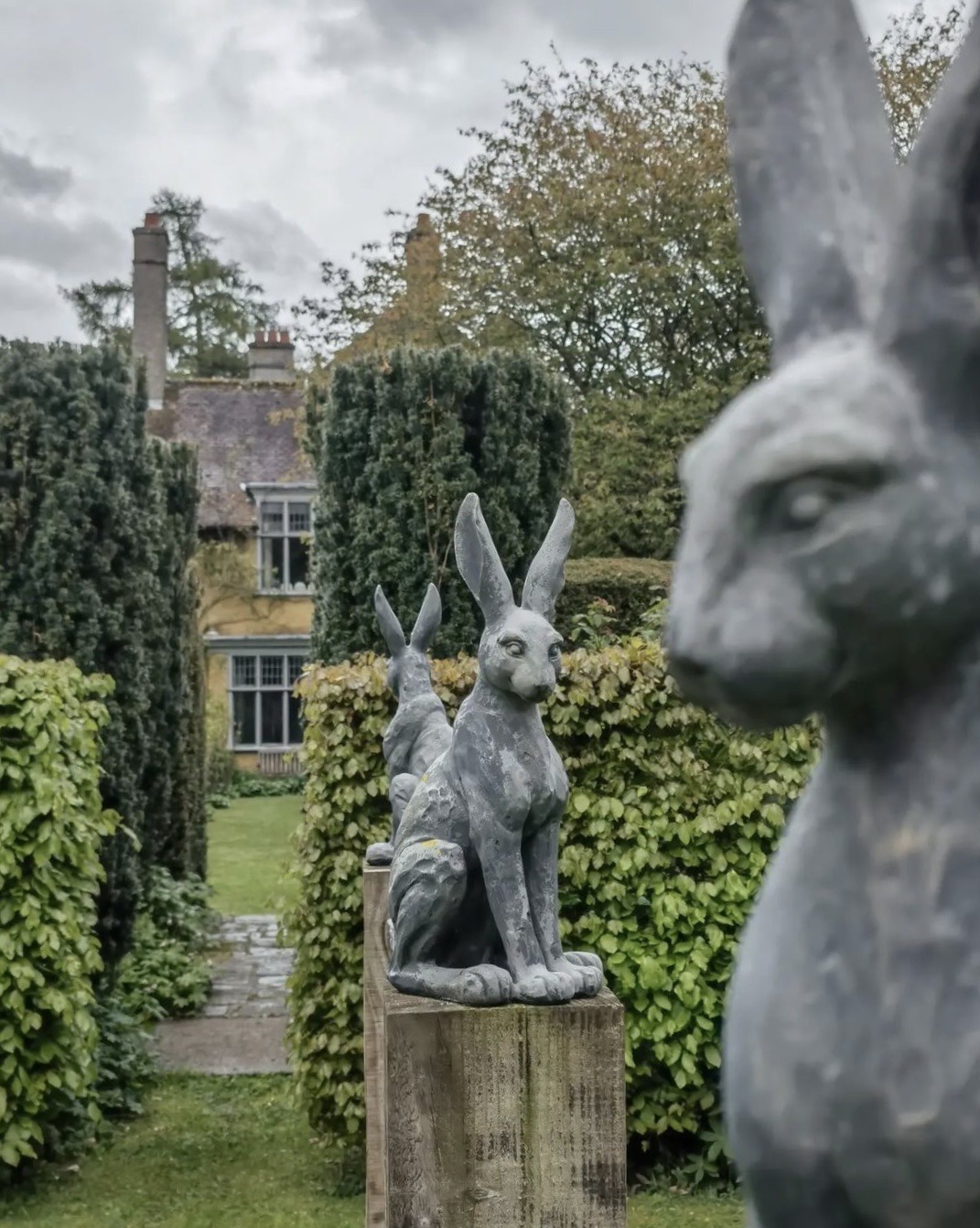
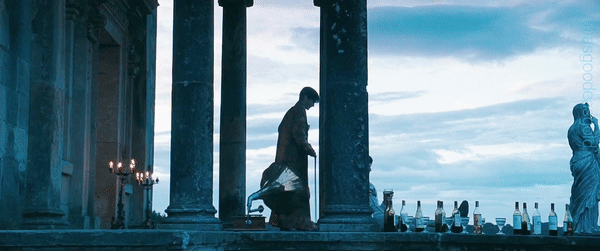
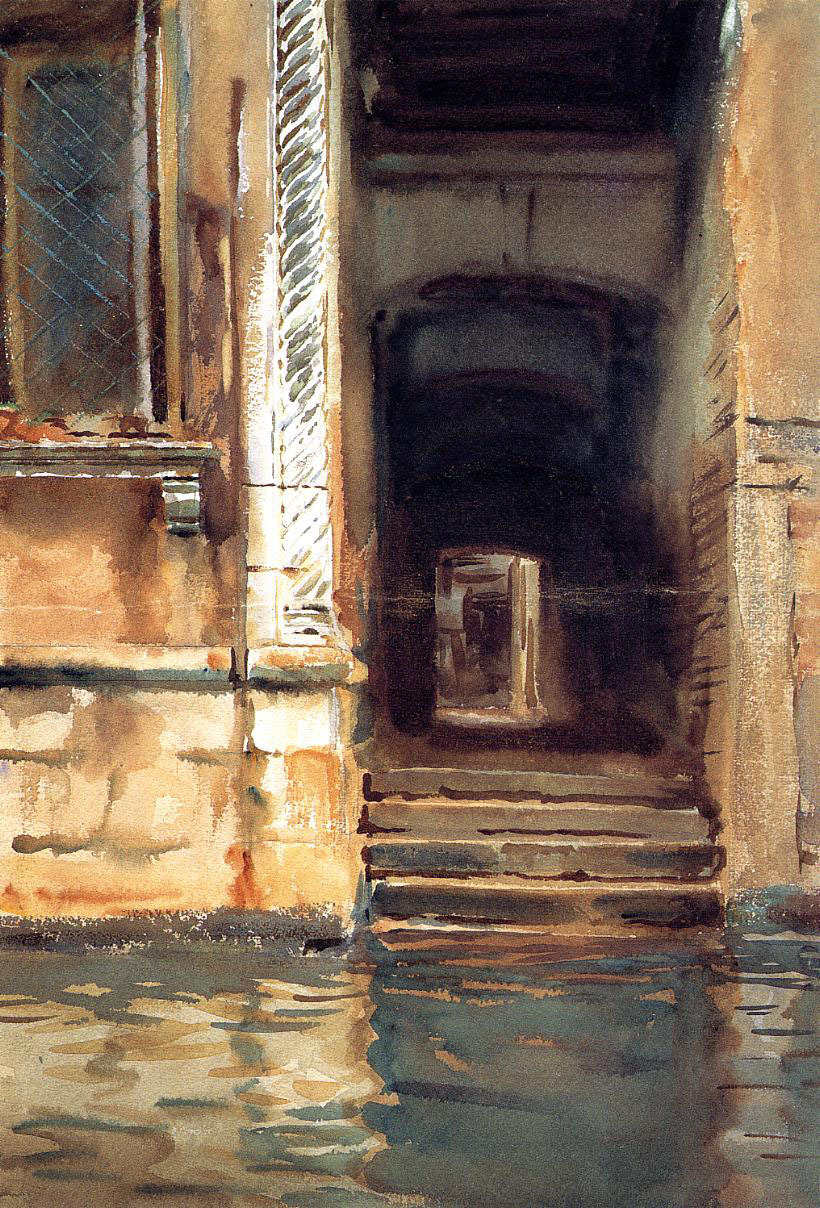

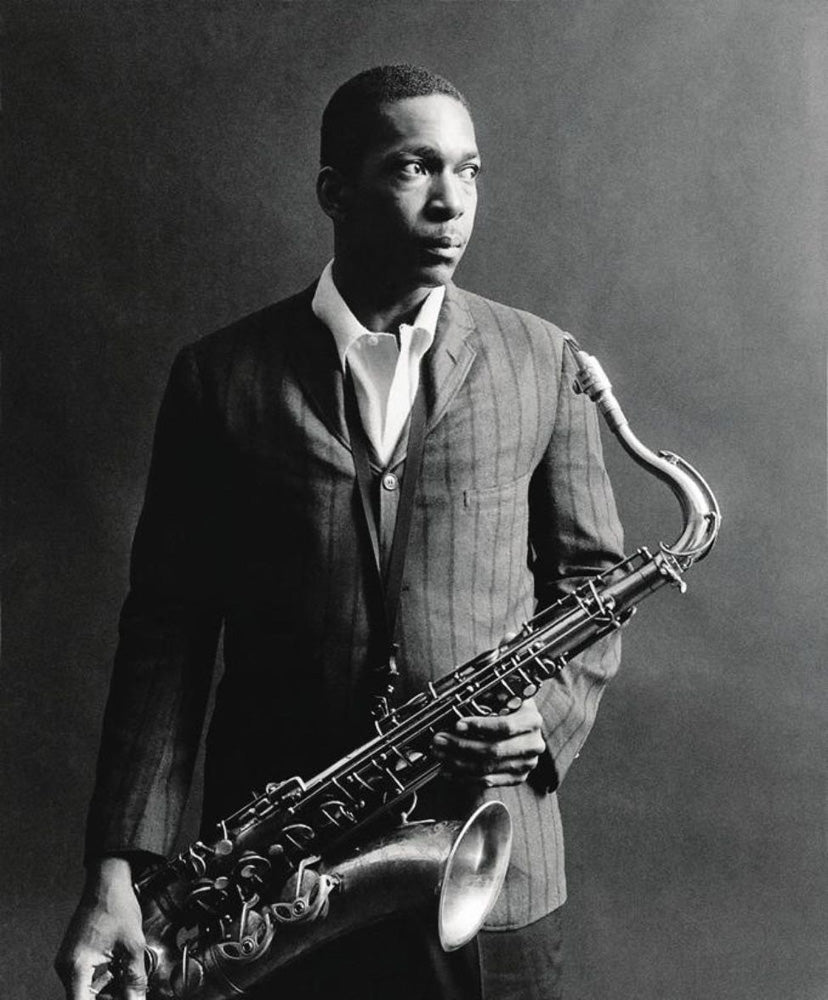







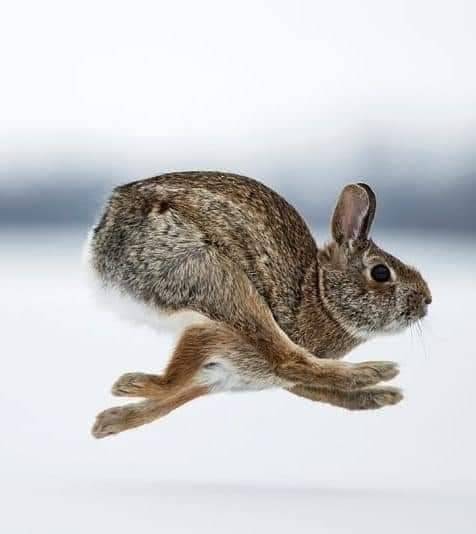
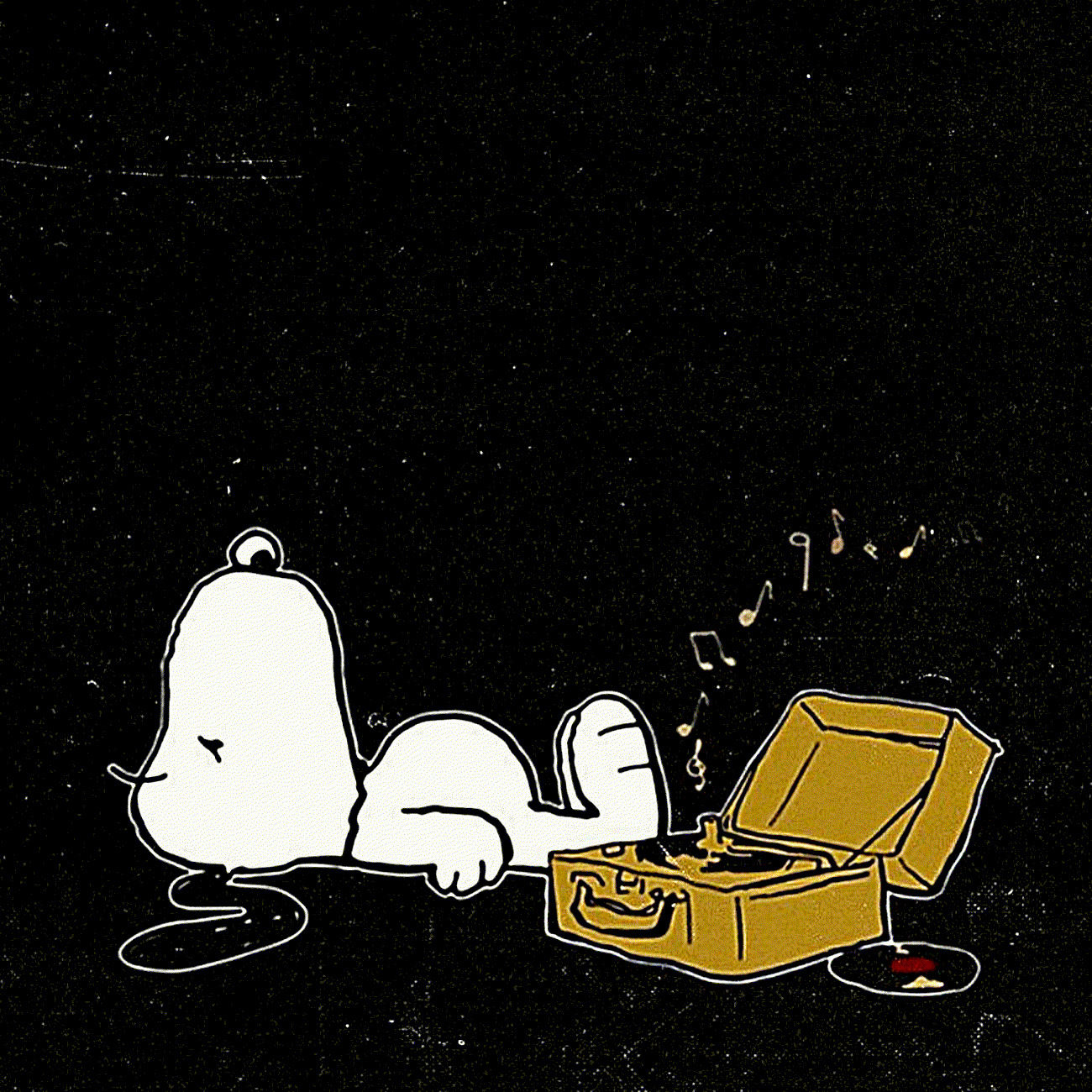

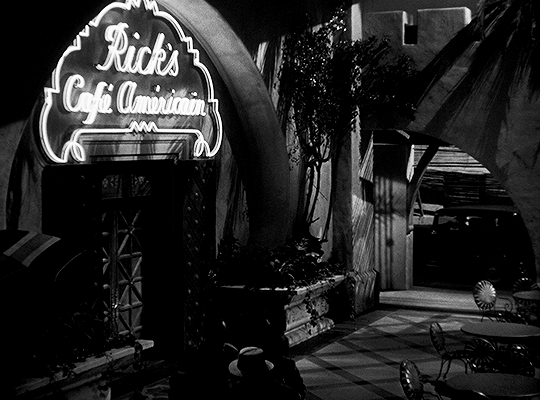




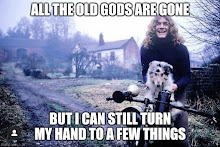
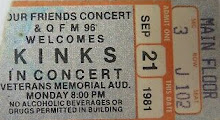















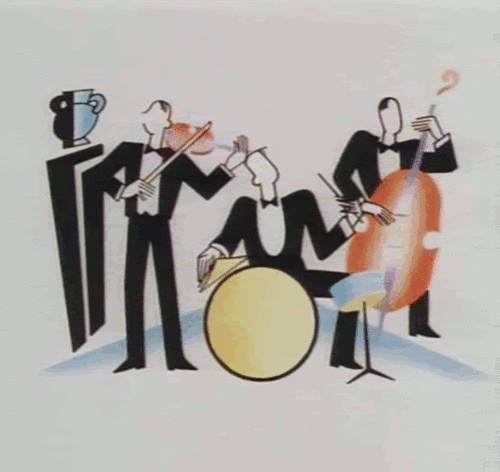
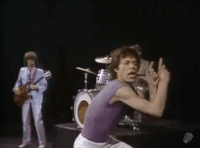








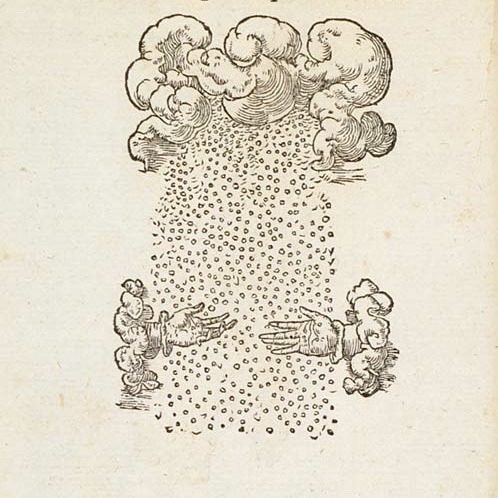


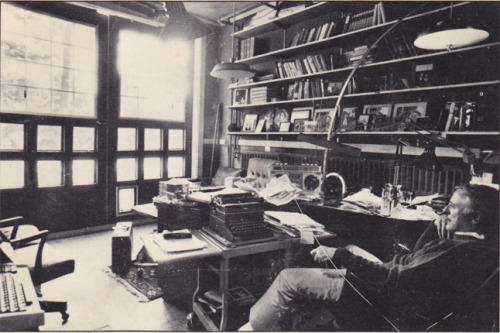
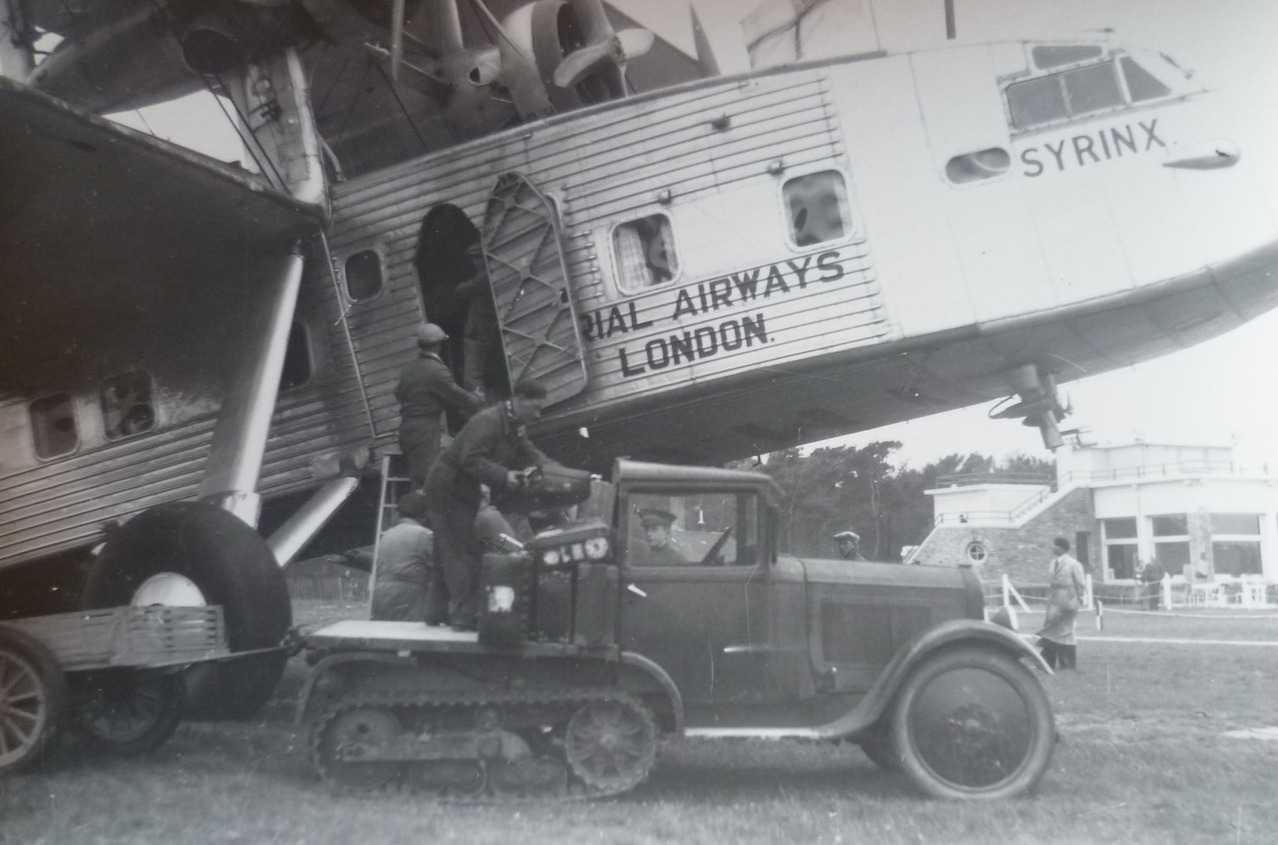

























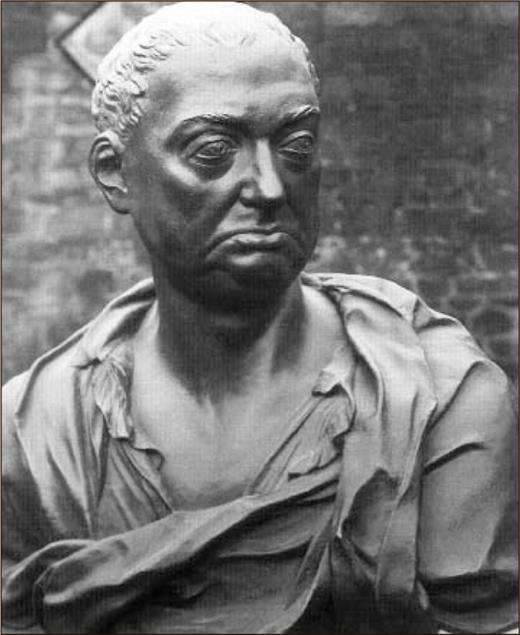












No comments:
Post a Comment